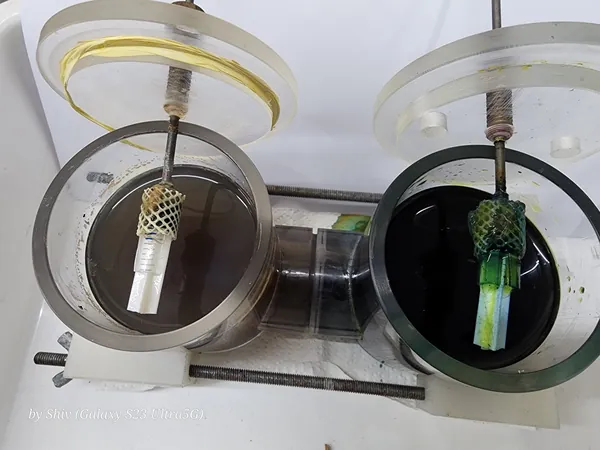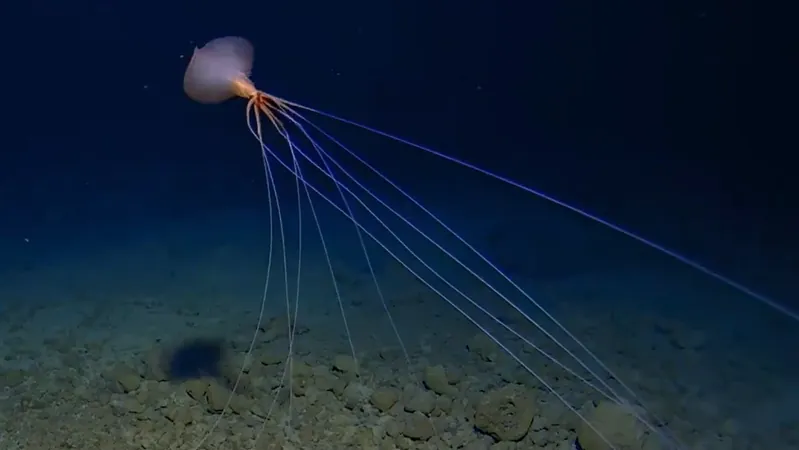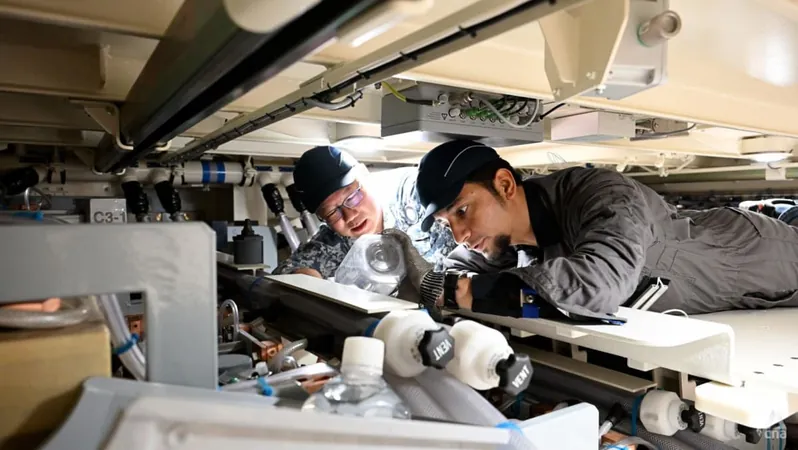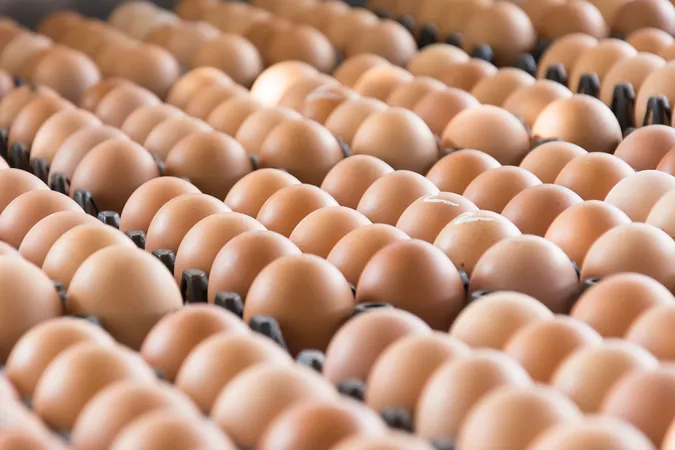
Revolutionizing Waste: How Microbial Fuel Cells are Transforming Pollution into Power
2024-09-23
Imagine standing on the threshold of an innovative revolution—where what we perceive as waste transforms into a powerful resource. Our planet now faces overwhelming environmental challenges, and it requires groundbreaking solutions that blend sustainability with technology. This is where microbial fuel cells (MFCs) come into play, promising not just to cleanse our wastewater but also to generate electricity from it.
Recent research detailed in the Chemical Engineering Journal unveils the exciting advancements in capacitive MFCs. These bioelectrochemical systems harness the natural metabolic processes of microorganisms, primarily bacteria present in wastewater, to produce electricity. By utilizing these tiny organisms, we can turn pollution into power.
Our study has introduced a remarkable new material: spherical capacitive NiO-N-CNF/ACB electrodes, which have significantly enhanced the performance of MFC systems. What sets these electrodes apart? The results speak volumes. Our innovative electrodes achieved an open-circuit potential (OCP) of 0.8 V and a staggering power density of 2,900 mW per cubic meter—figures that embody effective power generation from waste through efficient electron transfer.
But the real story lies in how these electrodes interact with wastewater. They not only encourage the development of a robust biofilm of electroactive bacteria but also expedite the oxygen reduction reaction, a crucial component of MFC functionality. A thicker biofilm equates to a greater number of captured electrons, enhancing the overall energy output. Parallel to power generation, this process has led to a remarkable 74% reduction in chemical oxygen demand (COD), reflecting significant pollutant removal from wastewater.
In conventional effluent treatment plants (ETPs), energy consumption is a major concern. However, by integrating capacitive MFCs into ETPs, we unlock the potential to streamline energy use, creating a more economically viable wastewater treatment process. This dual function not only generates electricity but also addresses pressing environmental issues related to waste management.
The breakthrough electrodes are synthesized through an innovative method known as suspension polymerization, resulting in a capacitive, fixed-packed bed electrode designed to optimize critical MFC characteristics. These electrodes boast a large surface area, granting ample catalytic sites for bacteria interaction—essential for effective electrochemical activity.
The synergy between nickel oxide (NiO) and graphitic carbon nanofibers (CNF) within these electrodes enhances the direct electron transfer from wastewater to the anode, greatly boosting power production ability. Furthermore, the specific capacitance of 754 Farads per gram implies exceptional charge storage potential, complemented by a capacity of 255 Coulombs per gram.
But there's more! The environmental implications of MFCs are profound. Not only do they tackle the task of waste treatment, but they also pave the way for cleaner water supply, benefiting both communities and ecosystems. Our biochemical analysis has pinpointed specific bacteria—like Raoultella ornithinolytica and Serratia marcescens—that facilitate the accumulation of beneficial biofilms. This microbial action is crucial for maximizing electron capture and accelerating wastewater treatment efficiency.
Looking ahead, these promising findings position our NiO-N-CNF/ACB electrodes as frontrunners for the next generation of MFCs. The emerging future of energy won’t solely rely on conventional sources like solar or wind; it will also include innovative methods to utilize wastewater—one of the most significant waste products of our society—as an energy source.
Imagine a future where wastewater treatment facilities not only cleanse water but also generate sufficient electricity for their own operations. The vision is transformative—a paradigm change in how we perceive waste as a resource rather than a liability. The success of our advanced electrodes is merely the beginning. Our journey does not end here; we are poised to explore further optimizations, enhancements in biofilm growth, and refinement of overall MFC design.
In conclusion, this breakthrough in power generation and environmental purification highlights a pivotal shift in our approach to waste management. Waste is no longer just an obstacle; it has the potential to become a vital energy resource. With MFC technology and innovative materials like NiO-N-CNF/ACB electrodes, we are making strides toward a sustainable and energy-efficient future—one where the line between waste and resource blurs for the betterment of our planet.



 Brasil (PT)
Brasil (PT)
 Canada (EN)
Canada (EN)
 Chile (ES)
Chile (ES)
 España (ES)
España (ES)
 France (FR)
France (FR)
 Hong Kong (EN)
Hong Kong (EN)
 Italia (IT)
Italia (IT)
 日本 (JA)
日本 (JA)
 Magyarország (HU)
Magyarország (HU)
 Norge (NO)
Norge (NO)
 Polska (PL)
Polska (PL)
 Schweiz (DE)
Schweiz (DE)
 Singapore (EN)
Singapore (EN)
 Sverige (SV)
Sverige (SV)
 Suomi (FI)
Suomi (FI)
 Türkiye (TR)
Türkiye (TR)